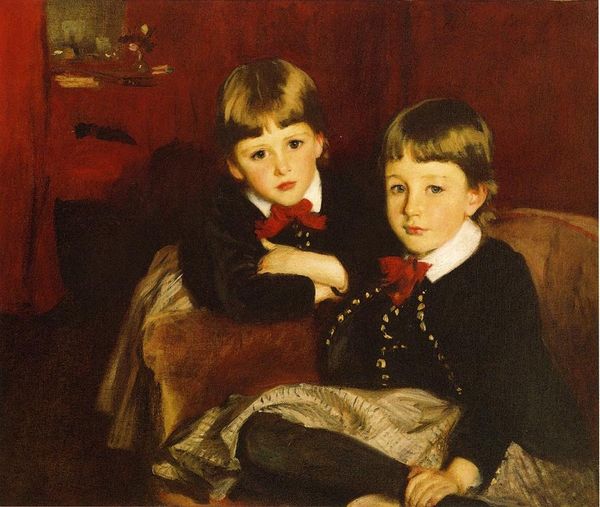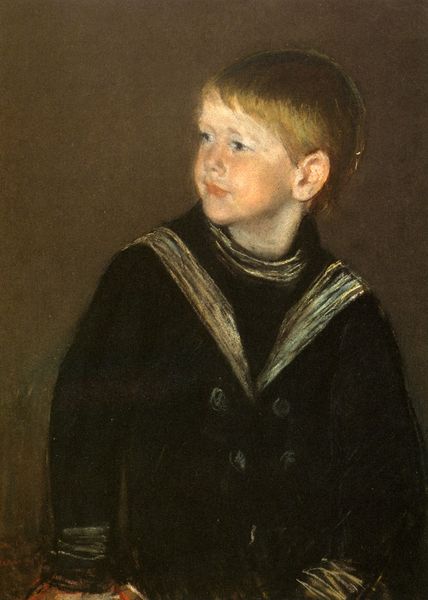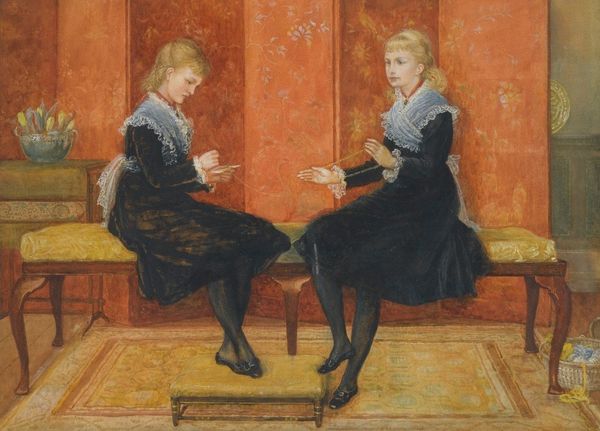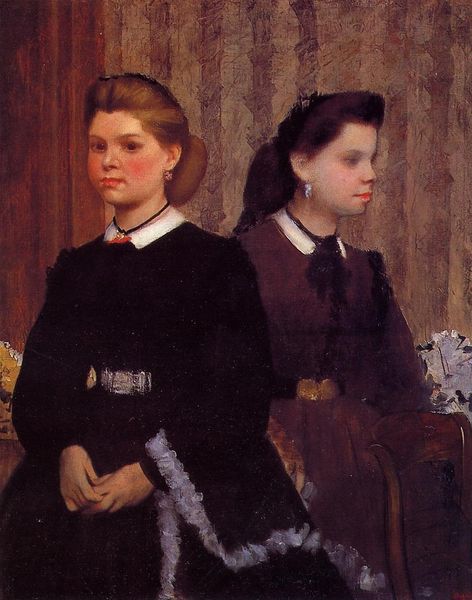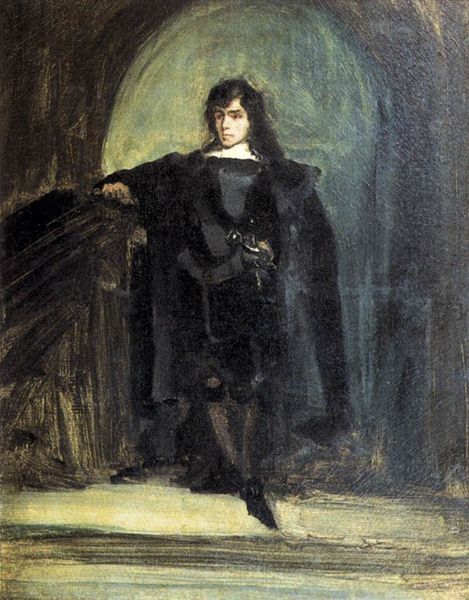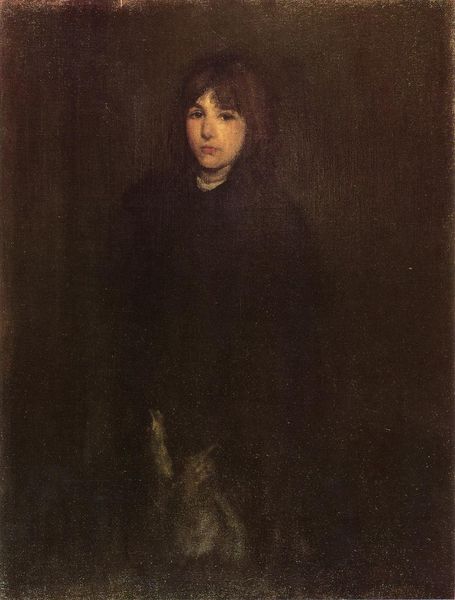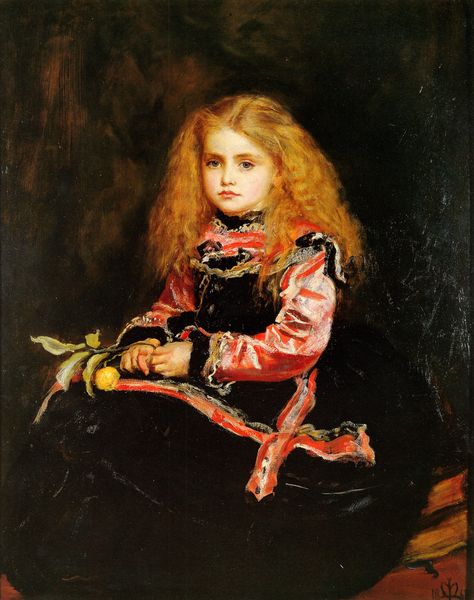
painting, oil-paint
#
portrait
#
narrative-art
#
painting
#
oil-paint
#
oil painting
#
group-portraits
#
romanticism
#
pre-raphaelites
Copyright: Public domain
Sir John Everett Millais painted "Princes in the Tower" in England, sometime around 1878. The painting represents Edward V of England and his younger brother Richard of Shrewsbury, Duke of York, the two princes who disappeared after being placed in the Tower of London. Millais' choice of subject matter reflects a Victorian fascination with historical drama and royal intrigue. By depicting the princes in a vulnerable, almost tragic light, the painting subtly critiques the ruthless power struggles that characterized earlier eras of English history. The dim lighting and claustrophobic architecture suggest a sense of foreboding, emphasizing the innocence of the young princes and the injustice of their fate. To fully understand this work, we need to delve into the historical context surrounding the War of the Roses, examining primary sources and official records to piece together the events that led to the princes' disappearance. The institutional history of the British monarchy is critical for interpreting the painting's commentary on power, corruption, and the often-brutal realities of governance.
Comments
No comments
Be the first to comment and join the conversation on the ultimate creative platform.
